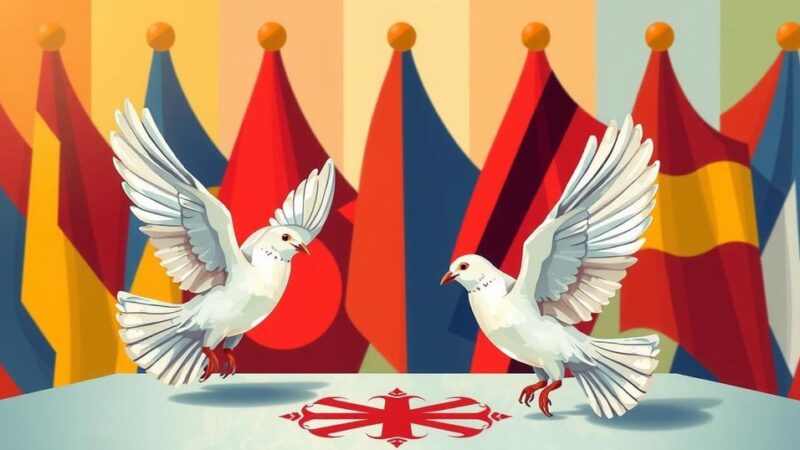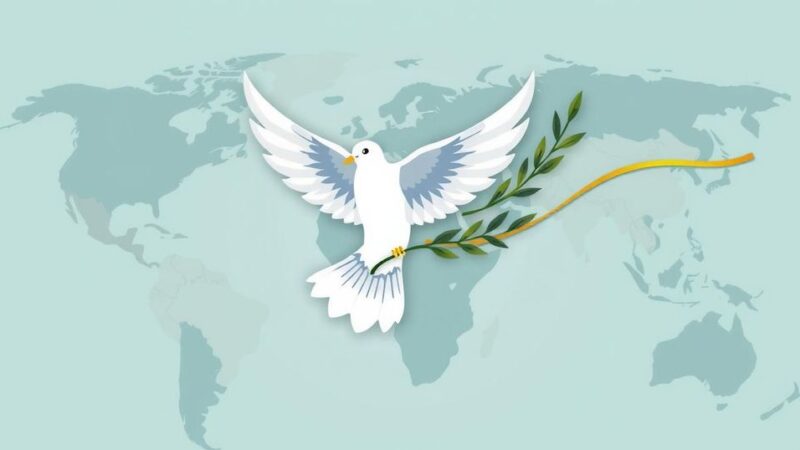Thawra newspaper revealed an operation by the Syrian Ministry of Interior targeting Hezbollah cells in Sayyidah Zainab, amidst rising tensions between Iran and Syrian authorities. The piece discusses IRGC’s military presence, criticism of Iranian influence, and Hezbollah’s border activities. It emphasizes the ongoing conflict over Iran’s role in Syria and the implications for regional stability.
On March 28, 2025, Thawra, a Syrian newspaper, reported a security crackdown by the Syrian Ministry of Interior aimed at Hezbollah cells in Sayyidah Zainab near Damascus. The operation, which began with arrests on March 27, was described by authorities as targeting “criminal operations” that intended to destabilize the area, showing images of three apprehensions made during the crackdown.
The report reflects rising tensions between the Iranian regime and Syrian authorities, following recent accusations from the Syrian Ministry of Defense. It charged Hezbollah operatives with infiltrating Syrian territory and killing three soldiers from the new Syrian army, highlighting the ongoing scrutiny of Tehran’s influence since the conflict began in 2011.
Thawra emphasizes that Iran’s presence in Syria has hinged on both direct military presence and proxy forces like Hezbollah. Hezbollah’s involvement dates back to significant conflicts, such as the 2013 battle of Qusayr, while the Quds Force of the IRGC, under Qassem Soleimani, has been instrumental in supporting the Assad regime through training, intelligence, and suppression of protests.
Additionally, the regime’s engagement in Syria is portrayed as extending beyond Hezbollah, with IRGC activity noted since the early years of the conflict. Over 2,100 IRGC fighters were reported killed by March 2017, and claims of Iran’s assistance to the regime in utilizing chemical weapons, including during the 2013 Ghouta attacks, further emphasize Tehran’s role.
The Syria-Lebanon border has emerged as a pivotal corridor for Hezbollah’s illicit activities, including arms and drug smuggling, allegedly coordinated with Iran. The 375-kilometer border has experienced heightened conflicts, indicating Hezbollah’s engagement in cross-border operations, further complicating regional security.
Thawra concludes by asserting that Iran’s ongoing involvement—through military means and proxies—continues to affect regional stability. The crackdown on Hezbollah cells illustrates persistent tensions between Tehran and Damascus regarding Iranian influences in Syria. Furthermore, the Iranian regime has mobilized various forces, such as the Zeynabiyoun and Fatemiyoun brigades, to maintain control over perceptions of security around Shiite sites, amid changing political dynamics in Syria.
The Thawra report documents growing tensions between Iran and Syria, fueled by Hezbollah’s active involvement and the IRGC’s direct military support. The allegations of criminal activities and infiltration highlight the complexities of Iranian influence in Syria, which remains a major concern for regional stability. This situation underscores a broader struggle over the influence and security strategies of both Iran and Syria amidst ongoing conflicts.
Original Source: www.ncr-iran.org






